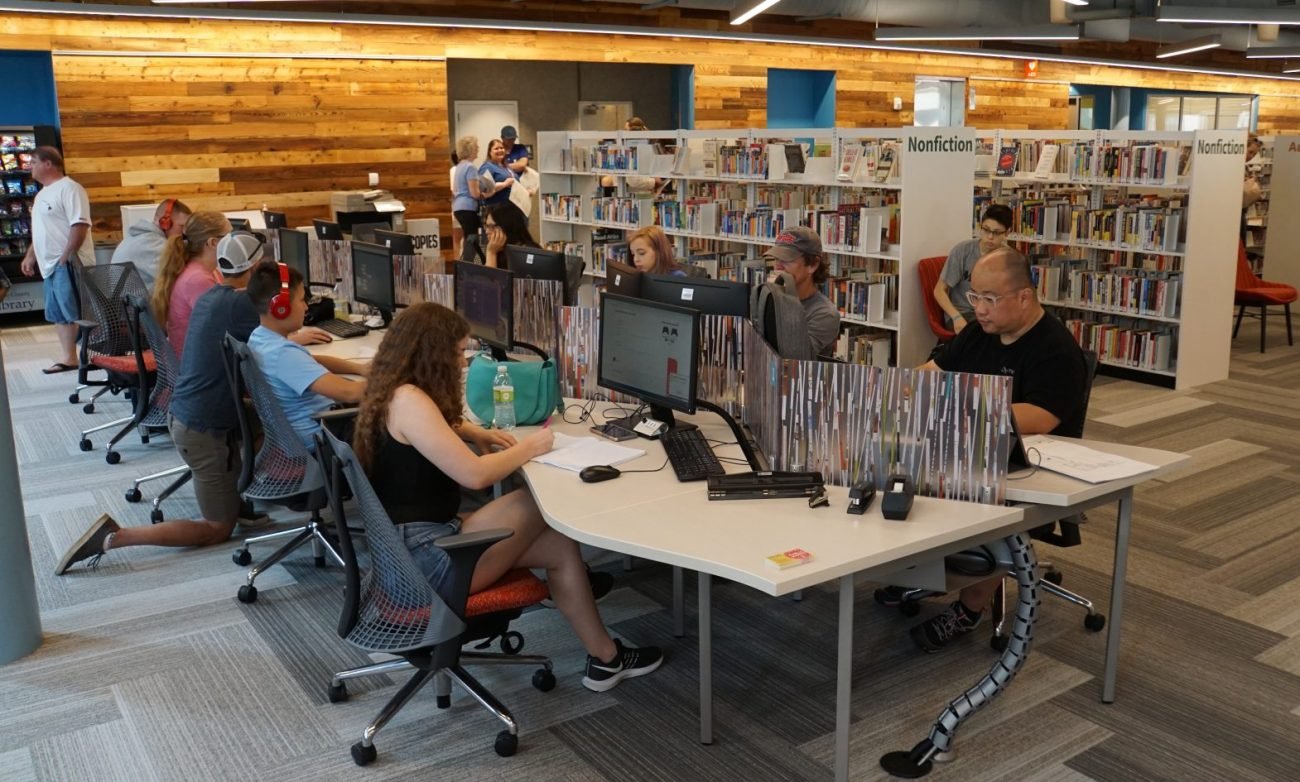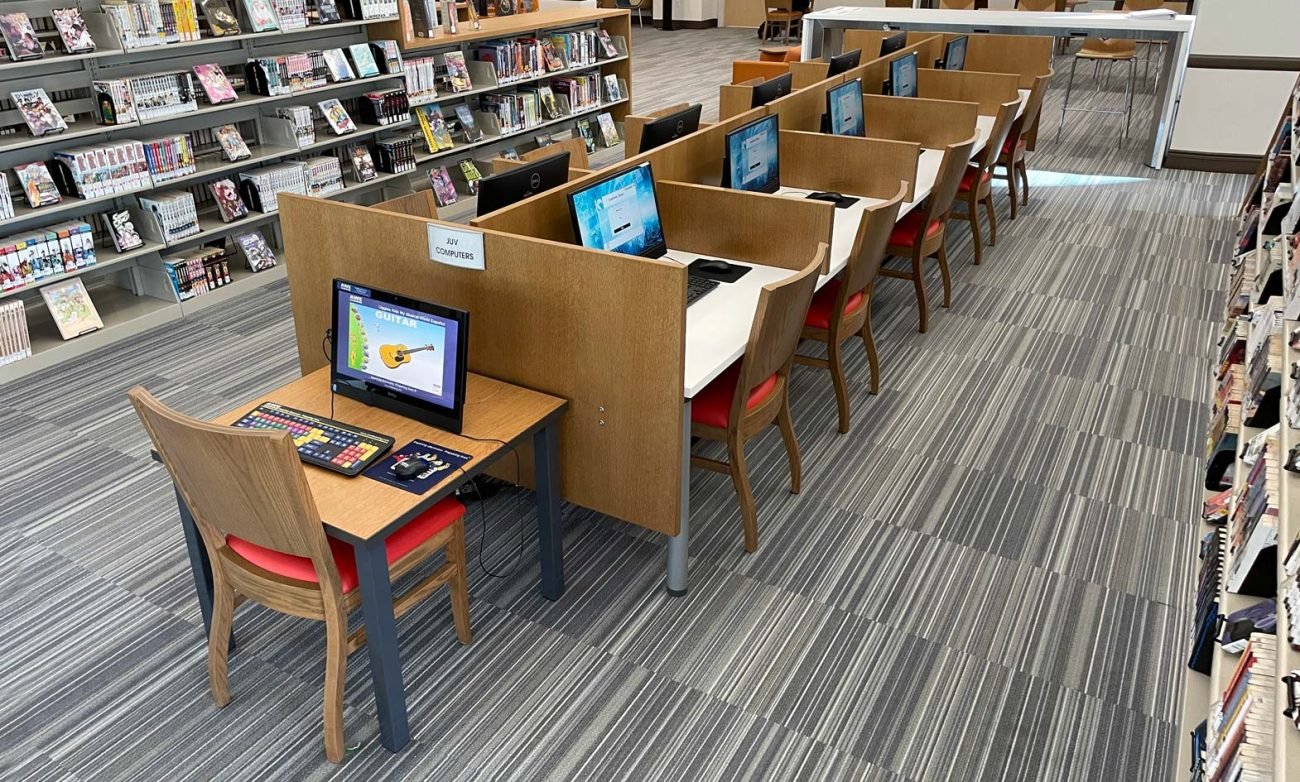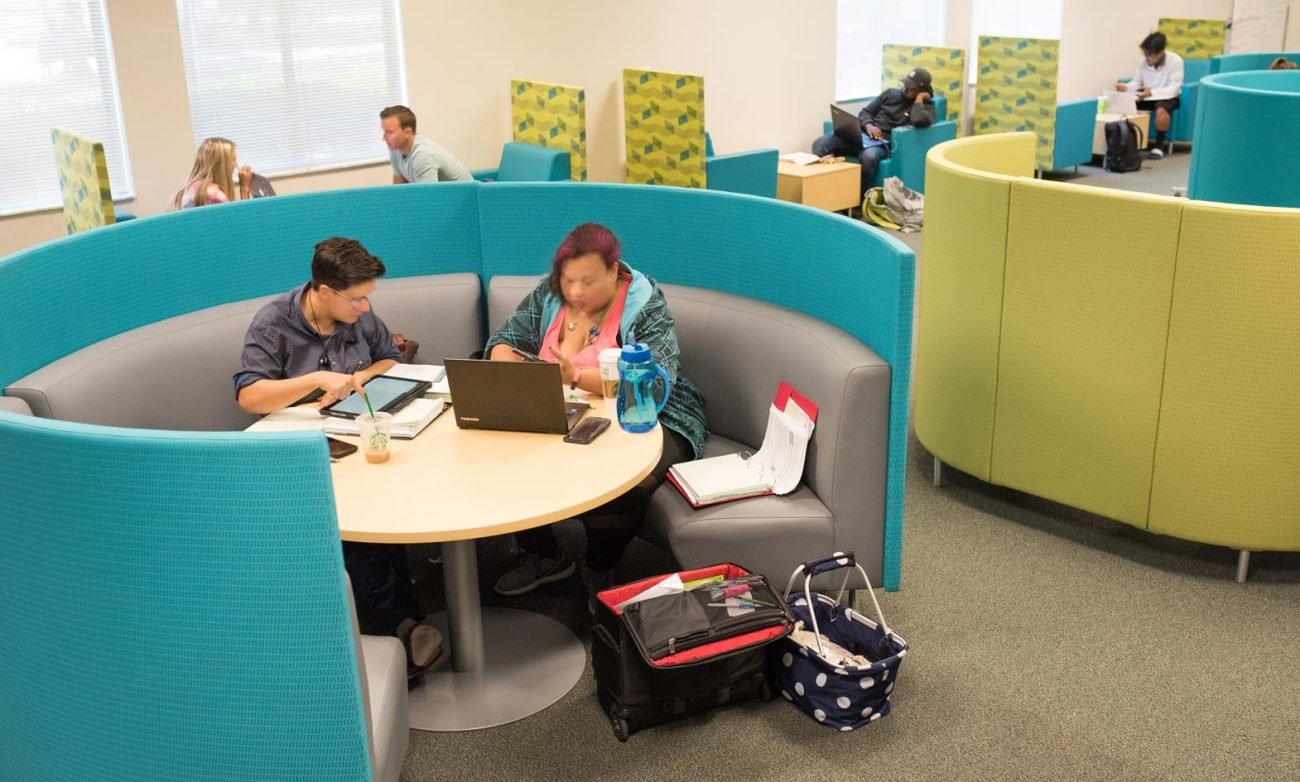Introduction to Classroom Design and Learning Concentration
In the realm of education, the design of classroom furniture plays a pivotal role in fostering an environment conducive to learning. The arrangement, aesthetic, and functionality of desks and chairs can significantly impact student engagement and concentration. As research shows, elements of the physical learning environment, including furniture design, directly correlate with student academic performance. Comfortable and well-designed classroom furniture not only supports better posture but also encourages students to focus more intently on their tasks.


curtis chair benching coachella

2Kansas DePaul Tables 992×597

University two person study pod Florida

Gee Panel Students Florida

Hampton Gee Florida
Organizations such as Royalpride are at the forefront of this educational transformation, specializing in custom educational furniture that aims to minimize distractions and promote effective learning. Their contribution is invaluable in creating furniture that addresses various student needs, ensuring that each piece is carefully crafted with ergonomics and comfort in mind. By tailoring designs to accommodate different age groups and learning styles, these organizations help educators develop learning spaces that can adapt to the diverse demands of today’s students.
Moreover, the aesthetic appeal of classroom furniture should not be overlooked, as the visual environment significantly influences student motivation and well-being. Thoughtfully designed spaces can inspire creativity, encourage collaboration, and instill a sense of belonging among students. This holistic approach to classroom design emphasizes not just functionality, but also the psychological and emotional aspects of learning.
As the educational landscape evolves, prioritizing the design of classroom furniture becomes increasingly essential. By investing in well-designed desks and chairs, educational institutions can positively influence student concentration and, ultimately, academic success. By focusing on attributes such as comfort, versatility, and aesthetics, schools can shape environments that facilitate and enhance the learning experience for all students, making them more effective places for education.
The Importance of Ergonomics in Classroom Furniture
In the contemporary educational environment, the relevance of ergonomics in classroom furniture cannot be overstated. Ergonomics, the science of designing furniture that fits the user’s needs, plays a critical role in determining a student’s comfort and concentration levels. Traditional classroom furniture, often designed as one-size-fits-all solutions, can negatively impact students’ comfort and ultimately their ability to focus. When students are uncomfortable, distractions abound, hampering their learning experience and academic performance.
Chairs that are too low or too high can force students into poor posture, affecting their concentration and potentially leading to long-term discomfort. Similarly, fixed desks that do not accommodate various heights can exacerbate these issues. According to studies, poor ergonomic practices are linked to increased instances of fatigue, stress, and a drop in academic engagement. Thus, it is imperative that classroom furniture adapts to diverse body types and learning styles.
Royalpride recognizes these challenges and addresses them through innovative designs in ergonomic solutions. They provide height-adjustable desks and chairs that can be tailored to accommodate a wide range of age groups and body types. This flexibility ensures that students can maintain a comfortable and supportive posture, thereby enhancing their concentration and learning capabilities. Furthermore, the ability to adjust furniture allows for easy transitions between different activities, reducing the likelihood of distractions caused by discomfort.
In conclusion, the significance of ergonomics in classroom furniture extends beyond mere aesthetics. It is incumbent upon educational institutions to prioritize the well-being of their students by investing in ergonomic solutions that enhance learning concentration. With proper support, students are more likely to thrive in their academic pursuits, fostering an environment conducive to successful learning outcomes.
Tool-Free Adjustment Mechanisms: A Solution to Discomfort
Comfort plays a vital role in enhancing learning concentration, particularly in classroom settings where students must engage with their materials for extended periods. One effective solution to promote comfort is the implementation of tool-free adjustment mechanisms in desks and chairs. These mechanisms allow for quick and easy customization of seating arrangements, catering to the diverse needs of students without the hindrance of additional tools or equipment.
Tool-free adjustment mechanisms often include features such as height-adjustable desks and chairs with adjustable backrests, armrests, and seat depth. Such flexibility enables each student to modify their seating to achieve the most ergonomic positioning, significantly reducing discomfort. When students are physically comfortable, they are able to focus better on lessons and avoid unnecessary distractions caused by fidgeting or shifting in their seats. Research has shown that discomfort can lead to decreased concentration, making the presence of adjustable furniture especially critical in educational environments.
Several educational institutions have integrated tool-free adjustment mechanisms into their classroom designs and have reported notable improvements in student engagement and concentration. For example, schools that feature adjustable desks have observed that students who can adapt their workstations to their specific body sizes tend to demonstrate fewer signs of discomfort and increased attentiveness during lectures. This adjustment capability not only fosters a better learning atmosphere but also encourages students to take ownership of their workspace, thus enhancing their overall educational experience.
As an increasing number of schools and colleges prioritize students’ physical comfort, the adoption of tool-free adjustment mechanisms represents a forward-thinking approach to classroom design. By tackling the discomfort associated with traditional, rigid seating arrangements, educators can create environments that not only support academic success but also promote the well-being of their students.
Promoting Proper Posture and Reducing Strain
The design of classroom furniture, particularly desks and chairs, plays a pivotal role in fostering an environment conducive to effective learning. Proper posture is essential for students to maintain focus and concentration during lessons; thus, it is crucial that educators and institutions prioritize ergonomic furniture. One significant feature to consider is contoured lumbar support, which is designed to align with the natural curve of the spine. This support helps to reduce strain on the lower back, allowing students to sit comfortably for extended periods, thereby enhancing their ability to concentrate on their studies.
In addition to lumbar support, the backrest tilt angle is another vital factor in posture management. A well-designed backrest that tilts at the appropriate angle encourages a more upright position, which promotes blood circulation and reduces fatigue. This initiative not only contributes to physical well-being but also supports cognitive functions, allowing learners to absorb and process information more effectively. Furthermore, adjustable features in the chair design can accommodate various body types, ensuring that all students are able to sit in a manner that is supportive of their individual needs.
Proper desk height is equally important, as it can impact the angle at which students engage with their notebooks or laptops. When desks are correctly calibrated, students can maintain a neutral arm position, which helps prevent repetitive strain injuries and distractions due to discomfort. The integration of these ergonomic features indicates a commitment to health and well-being in educational settings. Ultimately, when students are comfortable and well-supported through thoughtful furniture design, their attention span and engagement in learning activities improve significantly. This intersection of comfort and functionality is essential for cultivating a productive educational atmosphere.
The Role of High-Density Foam Seats in Enhancing Focus
High-density foam has emerged as a crucial material in the design of classroom seating, significantly influencing student concentration and overall learning experiences. This material provides a unique combination of comfort and support, allowing for optimal pressure distribution across the seating surface. Studies indicate that when students sit on high-density foam seats, they experience reduced pressure points, leading to increased comfort during long periods of sitting. This comfort is essential, as discomfort can lead to distractions and hinder the ability to focus on learning tasks.
Research has shown that the design of seating plays a vital role in enhancing attention spans. For example, a study by the University of Minnesota found that students who used high-density foam seating performed better on attention-related tasks compared to those using traditional seating materials. The cushioning effect of high-density foam helps to create a supportive environment that minimizes physical stress, allowing students to engage more fully with their lessons. By promoting proper posture and reducing fatigue, these seats enable learners to maintain a higher level of cognitive engagement.
Furthermore, the versatility of high-density foam allows for ergonomic designs that cater to the diverse needs of learners. Custom-designed foam seats can accommodate different body types and sizes, ensuring that all students receive the support required for optimal focus. This personalized approach to seating design can foster an inclusive learning environment, where every student feels comfortable and valued.
In summary, the integration of high-density foam in classroom seating is more than just a matter of comfort; it is a strategic approach to enhancing student focus and learning outcomes. As educational institutions continue to prioritize effective learning environments, investing in high-density foam seats represents a pivotal step towards achieving these objectives.
Customizable Furniture for Diverse Learning Environments
The design of classroom furniture plays a crucial role in fostering an effective learning environment. As educational methodologies evolve, the need for customizable furniture that accommodates various learning styles and classroom layouts becomes increasingly important. Customizable desks and chairs allow educators to easily adjust the physical settings to meet the diverse needs of their students, enhancing concentration and overall engagement.
Flexibility is a key feature of modern classroom furniture. Traditional fixed desks may not suit every teaching style or student requirement. In contrast, modular and customizable options can be rearranged to facilitate group work, individual study, or direct instruction, ensuring that all students feel comfortable and focused, regardless of their preferred learning method. For instance, desks that can easily be modified in terms of height or configuration allow for a better fit for different age groups and physical abilities, promoting inclusivity within the classroom.
Moreover, furniture that allows for personalization can significantly impact student engagement. When students can adjust their workspaces according to their preferences—such as using standing desks or beanbags—they are more likely to feel invested in their learning experience. Such choices can lead to improved concentration levels, as students are not constrained by rigid, one-size-fits-all setups. In addition, the use of vibrant colors and ergonomic designs in customizable furniture can also contribute to a stimulating learning atmosphere, further enhancing student focus.
Ultimately, customizable classroom furniture addresses the varied requirements of today’s learning environments. By prioritizing adaptability and personalization in furniture design, educators can create spaces that are conducive to learning, encouraging every student to thrive academically and socially. The integration of such customizable solutions is essential for optimizing educational outcomes and supporting diverse learning needs.
Safety Considerations in Educational Furniture Design
Ensuring safety in the design of classroom desks and chairs is paramount, as it significantly influences the learning environment and student well-being. Educational furniture must not only be comfortable and conducive to learning but also constructed using materials and designs that minimize potential hazards. The importance of safety considerations cannot be overstated; furniture that is improperly designed or made from harmful substances can lead to accidents and health issues among students.
When evaluating educational furniture, one must consider the types of materials used in their construction. Safe materials are crucial, as they can prevent injuries from sharp edges, unstable structures, or toxic substances. For instance, choosing non-toxic finishes and sustainable wood options can significantly reduce health risks. Additionally, the design of classroom desks and chairs should prioritize ergonomic principles to support students’ physical well-being, reducing strain and the likelihood of injury during prolonged use.
Royalpride exemplifies a company that prioritizes safety in its product offerings. Their furniture is rigorously tested to meet strict safety standards, ensuring that every piece provides a secure learning environment. The design incorporates rounded edges, sturdy construction, and materials that are free from harmful chemicals, thus minimizing risks associated with the use of classroom furniture. Royalpride also adopts an inclusive approach to ergonomics, creating adjustable features that cater to varied age groups and body types, further enhancing the safety profile of their products.
Ultimately, the integration of safety-focused design elements in educational furniture is essential for fostering a secure and supportive learning atmosphere. By prioritizing these considerations, schools can create spaces that not only enhance concentration but also protect the health and safety of all students.
Case Studies: Success Stories of Improved Learning via Furniture Design
The integration of thoughtfully designed furniture within educational settings has demonstrated measurable improvements in student learning outcomes. Several case studies highlight the success achieved by implementing furniture solutions from Royalpride, showcasing enhancements in focus, engagement, and overall academic performance among students.
One notable example is a middle school in the Midwest that adopted adjustable desks and ergonomically designed chairs. Following a pilot program, teachers reported a significant improvement in student concentration levels. The adjustable nature of the desks allowed students to alternate between sitting and standing, promoting better posture and reducing restlessness. The tactile comfort provided by the chairs further encouraged students to remain engaged in their tasks. According to a survey conducted by the school, 80% of students expressed that they felt more focused while using the new furniture, leading to a notable increase in test scores across subjects.
Another compelling case study originates from a high school on the East Coast that revamped its traditional classroom setup. By replacing rigid, fixed desks with flexible seating options that included bean bags and modular tables, the school created an environment conducive to collaborative learning. The redesign fostered peer interaction, enabling students to work together more effectively. Academic performance indicators revealed a remarkable 15% increase in the average grade point average (GPA) after the new furniture was implemented. Feedback from both students and educators highlighted that the innovative design of the classroom furniture significantly contributed to improved concentration and reduced distractions.
These case studies exemplify how Royalpride’s commitment to innovative furniture design directly supports the educational mission of schools. By prioritizing student comfort and flexibility, educational institutions can create environments that not only facilitate learning but also encourage higher levels of student achievement and satisfaction.
Conclusion
As we have discussed throughout this blog post, the design and functionality of classroom desks and chairs play a pivotal role in enhancing learning concentration and overall educational experiences. The traditional designs of classroom furniture are being challenged by innovative concepts that prioritize ergonomics, mobility, and adaptability. By understanding the diverse needs of students, educators can create environments that foster engagement and encourage participation.
In recent years, we have seen a marked shift towards flexible furniture arrangements that facilitate collaborative learning. Desks and chairs that can be easily reconfigured not only accommodate various teaching styles but also cater to different learning preferences. Additionally, the integration of technology into educational furniture, such as charging ports and built-in screens, reflects the growing importance of digital literacy in today’s classrooms.
Looking towards the future, the necessity for innovative solutions in classroom furniture design remains paramount. Companies like Royalpride are at the forefront of this evolution, continually exploring new materials, designs, and ergonomic principles that promote comfort and functionality. Sustainability is another crucial consideration, as eco-friendly materials and manufacturing processes are increasingly prioritized in educational environments. The adaptability and modularity of future classroom furniture will likely expand, allowing for even more versatile learning spaces that can evolve alongside educational trends.
Ultimately, designing effective classroom desks and chairs will require a commitment to research, collaboration, and a deep understanding of the unique challenges faced by educators and students alike. By prioritizing innovation in educational furniture, we can create environments that not only support but also inspire enhanced learning concentration and achievement in students.


